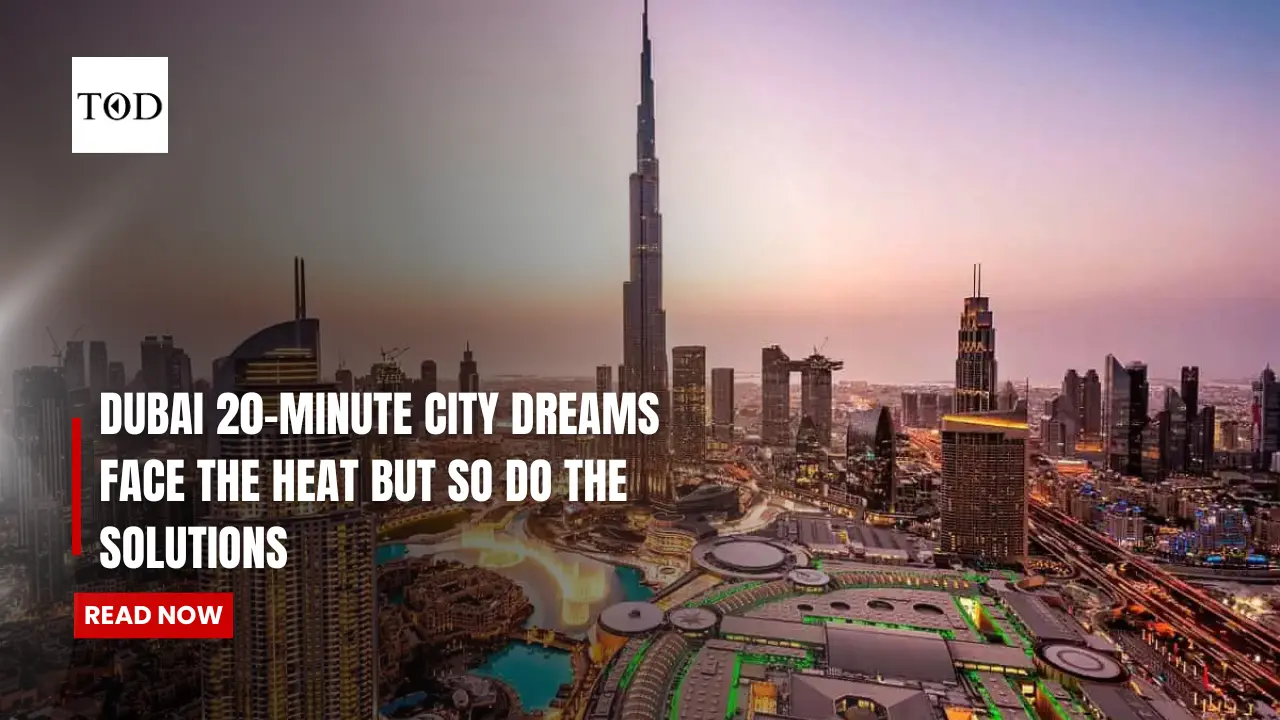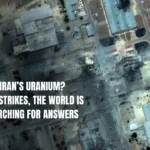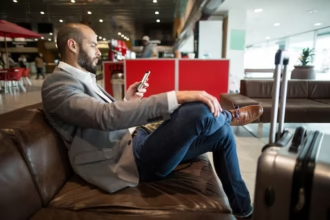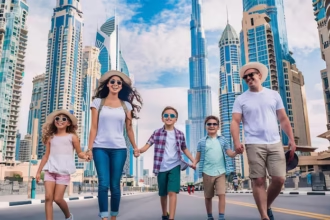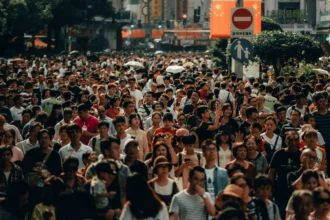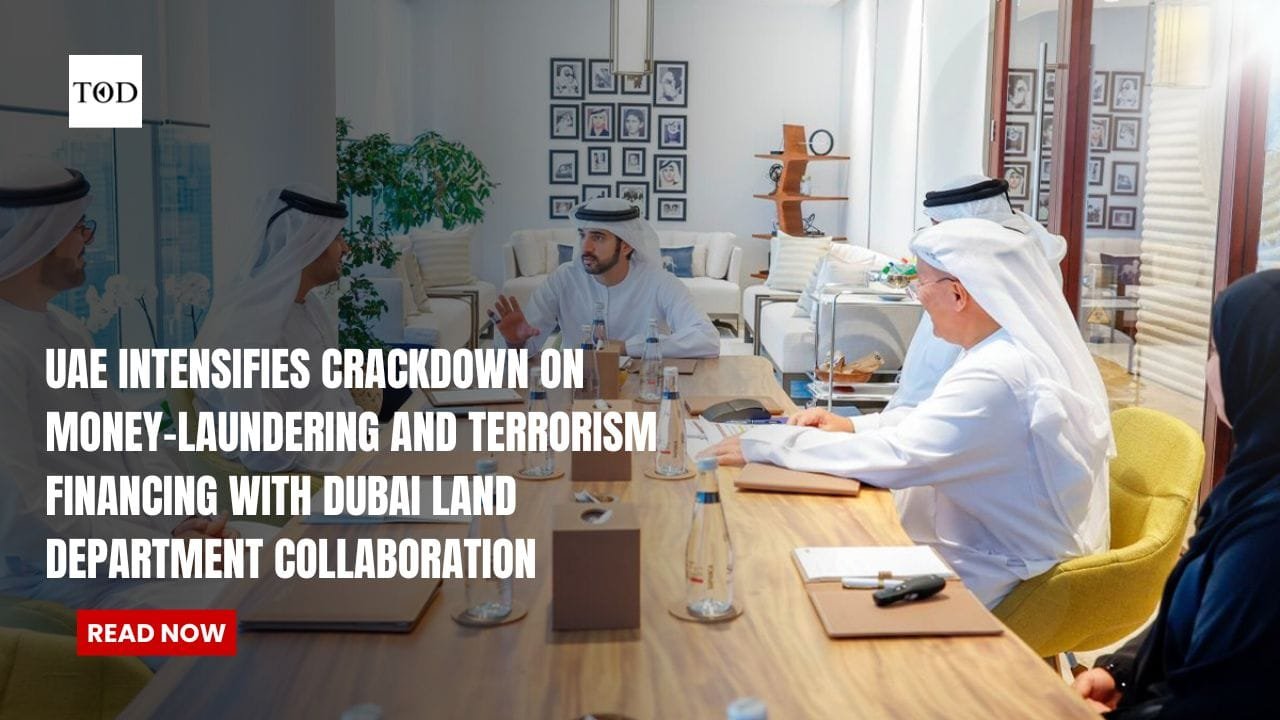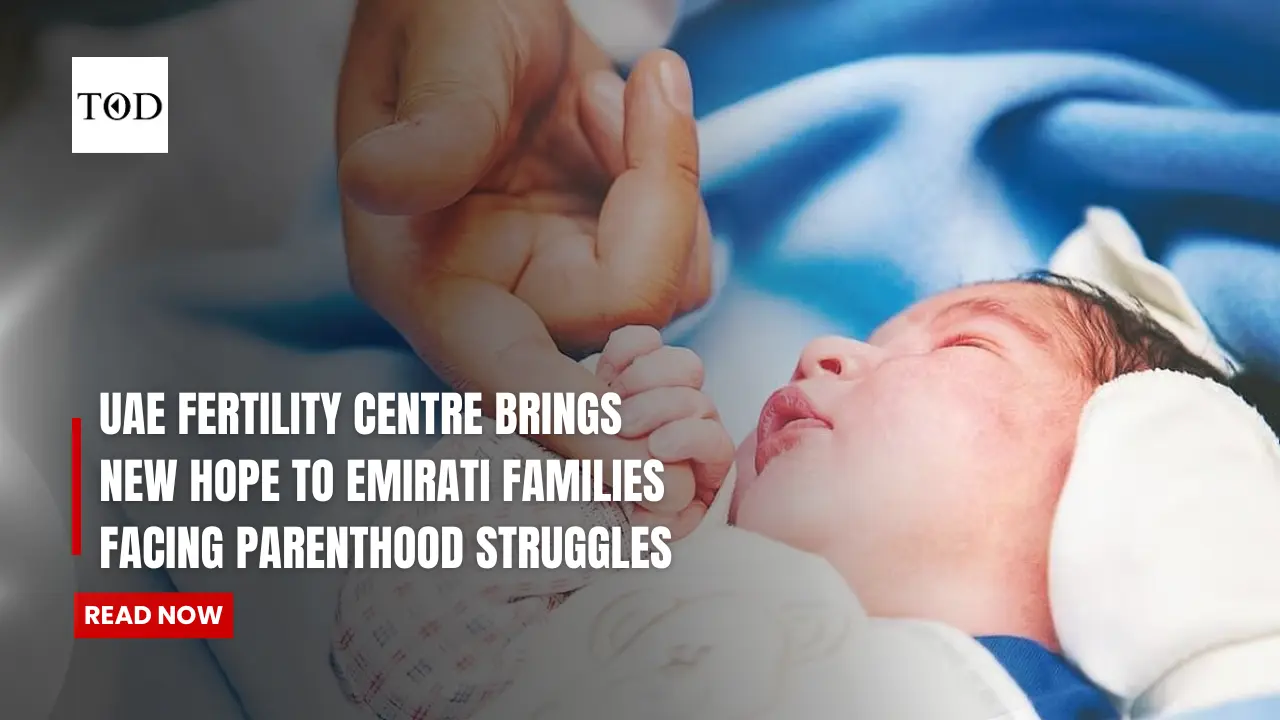June 25, 2025 | Dubai, UAE: Dubai is known for its ambition, but its latest vision isn’t about tallest towers or largest malls, it’s about staying closer to home. The Dubai 20-minute city plan imagines a simpler kind of life. One where people can walk or cycle to work, school, a clinic or a park, all within 20 minutes. No long drives, no heavy traffic, just everything you need, nearby.
But there’s a real challenge standing in the way summer. When the sun bears down and pavements feel like hot plates, how do you convince people to walk or cycle anywhere? That’s the question Dubai’s designers and planners are working to answer not with one big fix, but through many small, thoughtful changes.
Building for People, Not Just Maps
This vision is already taking shape at Expo City Dubai, the team isn’t just laying off tracks but building something that’s practical. “In the cooler months, we make the walking experience fun,” said Ivan Kyselov, who leads city operations. “We paint on pavements, add playful corners for kids, even spaces where adults can stop and smile.”
But as temperatures rise, walking becomes a lot harder and far less inviting. That’s why they are testing new ideas: shaded walkways, Air conditioned zones, smart e-scooter stations and electric vehicles that make short trips easier and safer. These are not luxury features, they’re essential for making the Dubai 20-minute city possible in a desert climate. It’s not about replacing walking. It’s about giving people choices. When it’s too hot to walk, can you hop on a nearby e-bike? Can a shaded path make a five-minute stroll bearable? Such questions are creating the way new districts are being designed and for all these questions there is one answer the new Dubai 20-minute city.
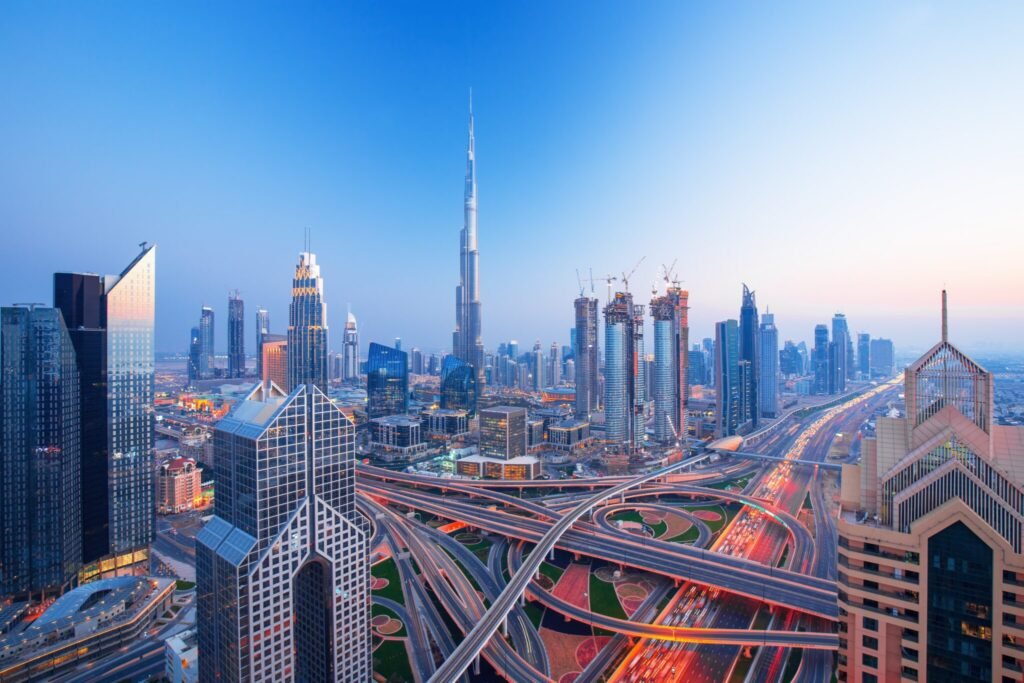
These are not luxury features — they are thoughtful, people-first solutions. In a city where summer temperatures can cross 45 degrees, these elements are essential for making the Dubai 20-minute city work year-round. The goal is not just to build a city that looks good on paper, but one that feels good to live in, even on the hottest days. These innovations reflect a deeper commitment: to make outdoor movement possible, practical, and pleasant, no matter the season.
The goal is not just to build a city that looks good on paper, but one that feels good to live in, even on the hottest days. These innovations reflect a deeper commitment: to make outdoor movement possible, practical, and pleasant, no matter the season.
It’s about rethinking how people move when the weather challenges them. Can a grandmother still walk to the clinic without worrying about the heat? Can a child cycle safely to a nearby learning centre even during peak sun hours? These are the questions shaping each corner of design. By layering comfort into convenience, Dubai is showing that accessibility isn’t just about distance, it’s about dignity, safety, and choice.
Bringing old areas back to life
While building new communities from its core is exciting, many people in Dubai already live in older neighbourhood areas that were not designed from the beginning with the 20-minute city in mind. The transformation of these places comes with its own set of hurdles. “It’s easier to start fresh on an empty plot,” said Martin Tillman, a mobility expert at the recent Mobility Live event. “But the real test is going into older areas and rethinking them because that’s where real lives already exist.”

Yet there is hidden potential in these older places. Many were designed in a time when life moved slower. Schools, shops and services were closer. People knew their neighbours. Reviving these areas to fit into the Dubai 20-minute city plan doesn’t just improve access, it helps restore community. Dubai’s bigger motive is to place over half its population within walking distance of public transport. This would mean fewer car trips, less stress, and more time spent living instead of commuting. And that makes a difference, especially for families, the elderly, and those who rely on nearby services every day.
More Than Urban Planning — It’s a Shift in Mindset
The Dubai 20-minute city is not just a planning concept; it is a way of thinking about how we live. It asks simple questions: How far do you need to go just to live your daily life? Can your neighbourhood meet your needs? Can your city make everyday life feel a little easier?
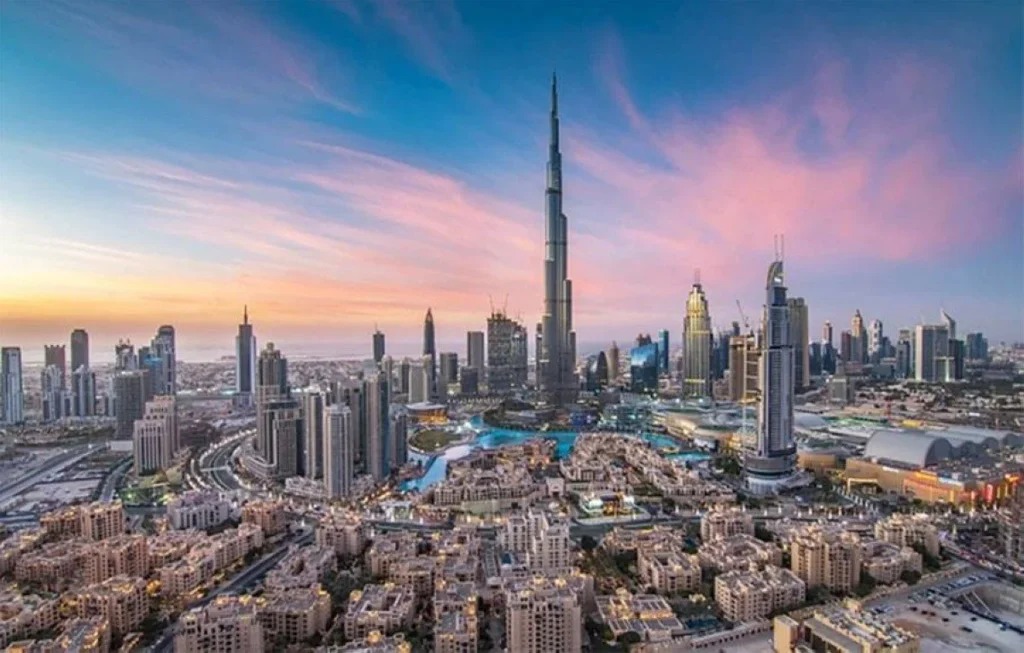
And yes, summer heat is a challenge. But it’s also what’s inspiring innovation shaded bus stops, cooling zones, real-time transport updates, and even trees planted not just for beauty, but for shade. What stands out most is that this vision is not about perfection. It’s about progress. The idea isn’t to make every walk comfortable all the time, it’s to give people more options, more comfort, and more dignity in how they move through their city. Because at its heart, the Dubai 20-minute city isn’t about reducing travel. It’s about bringing life back to where people already are.
What Comes Next?
Dubai is still writing the story of its 20-minute city. The heat will always be part of the conversation, but so will hope, creativity, and care. Every shaded walkway, every smart transport hub, every cool public space is a step toward a future where people don’t just survive the summer, they live well through it. And in a city built on ambition, that may just be the most human dream of all. The journey ahead is not just about urban planning; it’s about reimagining the everyday.
About making it easier for a parent to walk their child to school, for an elderly resident to reach a clinic without discomfort, for a teenager to cycle safely to a nearby library or cafe. It’s about designing not for the ideal weather, but for real lives.
The Dubai 20-minute city is a work in progress, but its foundation is clear, it’s being built around people. Around their needs, their comfort, and their daily rhythms. Summer may slow things down, but the momentum is still strong. With each new idea, the city edges closer to becoming not just livable, but lovable — even in the heat because at the heart of this vision is a simple belief: that cities should serve people, not the other way around.
Also Read: Where Is Iran’s Uranium? After US Strikes, The World is Still Searching For Answers


